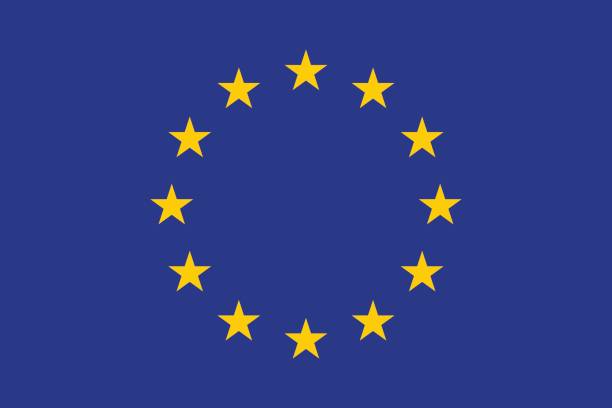
Efectis has published reports on several packages of the EU FireStat project on fire data and cost/benefit analysis of fire safety actions (“Closing data gaps and paving the way for pan-European Fire Safety Efforts”, see DG GROW above). The four reports address: data collection methodologies (on fire causes), terminology for fire statistics (with starting point ISO TS 17755-2), cost-benefit assessment methodology (for fire safety measures), and three case studies applying this cost-benefit methodology. The reports note the wide differences between fire statistics collected in different countries, areas of missing information and uncertainty. It is noted that uncertainty concerning the number of fire injuries is high, as is uncertainty of information concerning fire cause and source of ignition, as well as age of victims. The terminology report aims to provide a basis for an EU minimum data collection (by Member States). The reports on cost-benefit analysis aim to provide a tool for decision making on fire safety policies.
Examples of policies discussed (Report #5) are: Water sprinkler systems in nursing homes, portable water sprinkler systems, fire extinguishers, stove guards, exterior detection for school buildings, use of flame retardants in TV-sets, combustible cladding. Three cases are discussed in detail in Report #6: Smoke detectors in residential buildings, Fire regulation of upholstered furniture and mattresses (summary below), Home fire prevention visits.
The short chapter on flame retardants in TVs is a summary of Simonson et al. 2006 (SP report 2006:28, DOI, funded by the brominated flame retardant industry) which concludes that using FRs in TVs was beneficial for all scenarios. This report concerns use of DecaBDE in cathode-ray tube TV casings, and the report notes that conditions have changed today with flat-screen TVs (lower operating temperatures and voltages, less flammable material).
The short chapter on combustible building cladding summarises a cost-benefit analysis study for the State Government of Victoria, Australia of options to ban combustible cladding (Victoria Government, 2020).This study concluded that banning ACP (aluminium composite panels) with non-inert fillers would have a net benefit, based on insurance costs savings related to reduced risks of property fire damage, but notes that this would only result if effective information of insurers and compliance are ensured.
EU FireStat project “Closing data gaps and paving the way for pan-European Fire Safety Efforts”, Efectis, EU contract refs. SI2.830108. Final reports now published on Task 3 “Data collection methodologies” (Danish Institute of Fire and Security Technology, DBI), 1/12/2021; Task 4 “Terminology” (DBI), 28/10/2021; Task 5 “Cost/benefit assessment methodology to support policy decisions” (Lund University), 9/12/2021; Task 6 “Case studies using cost/benefit assessment methodology” (Lund University), 17/1/2022.